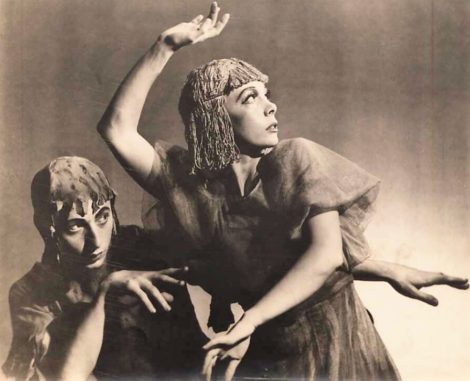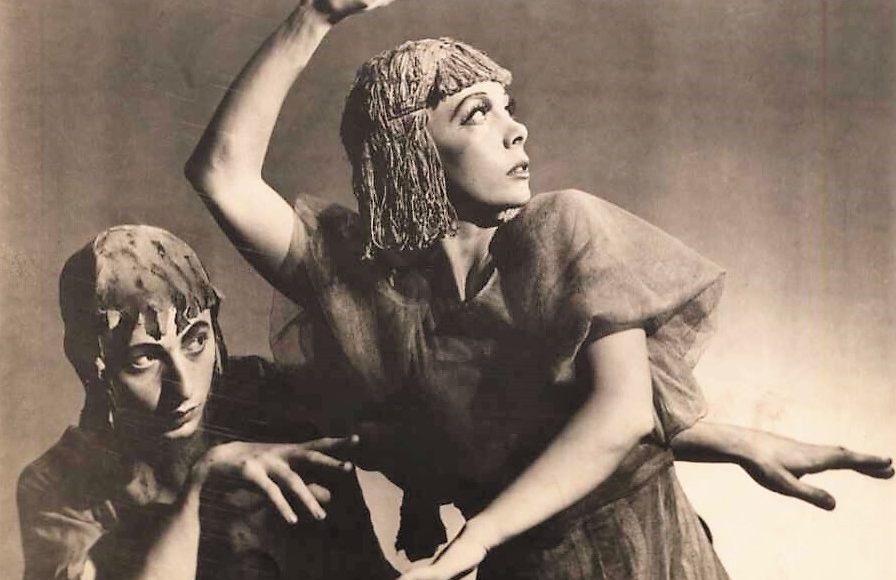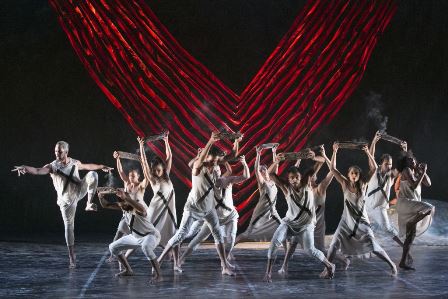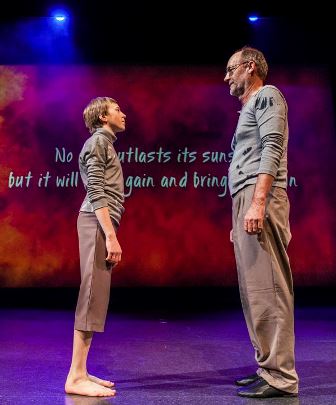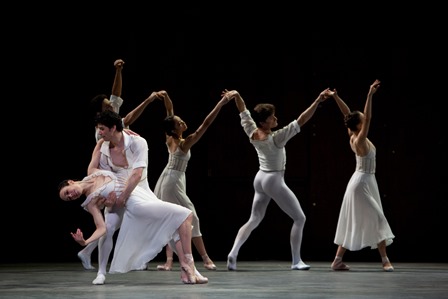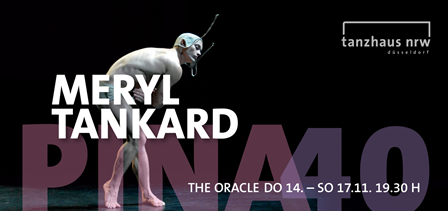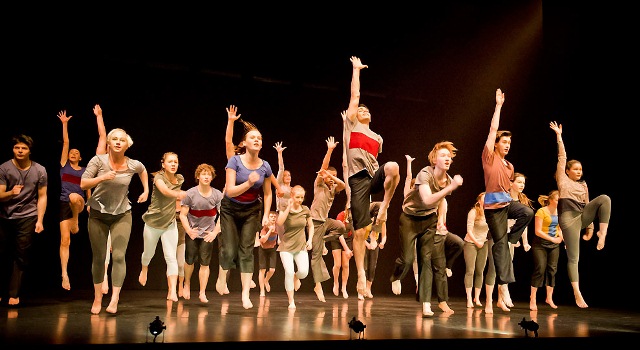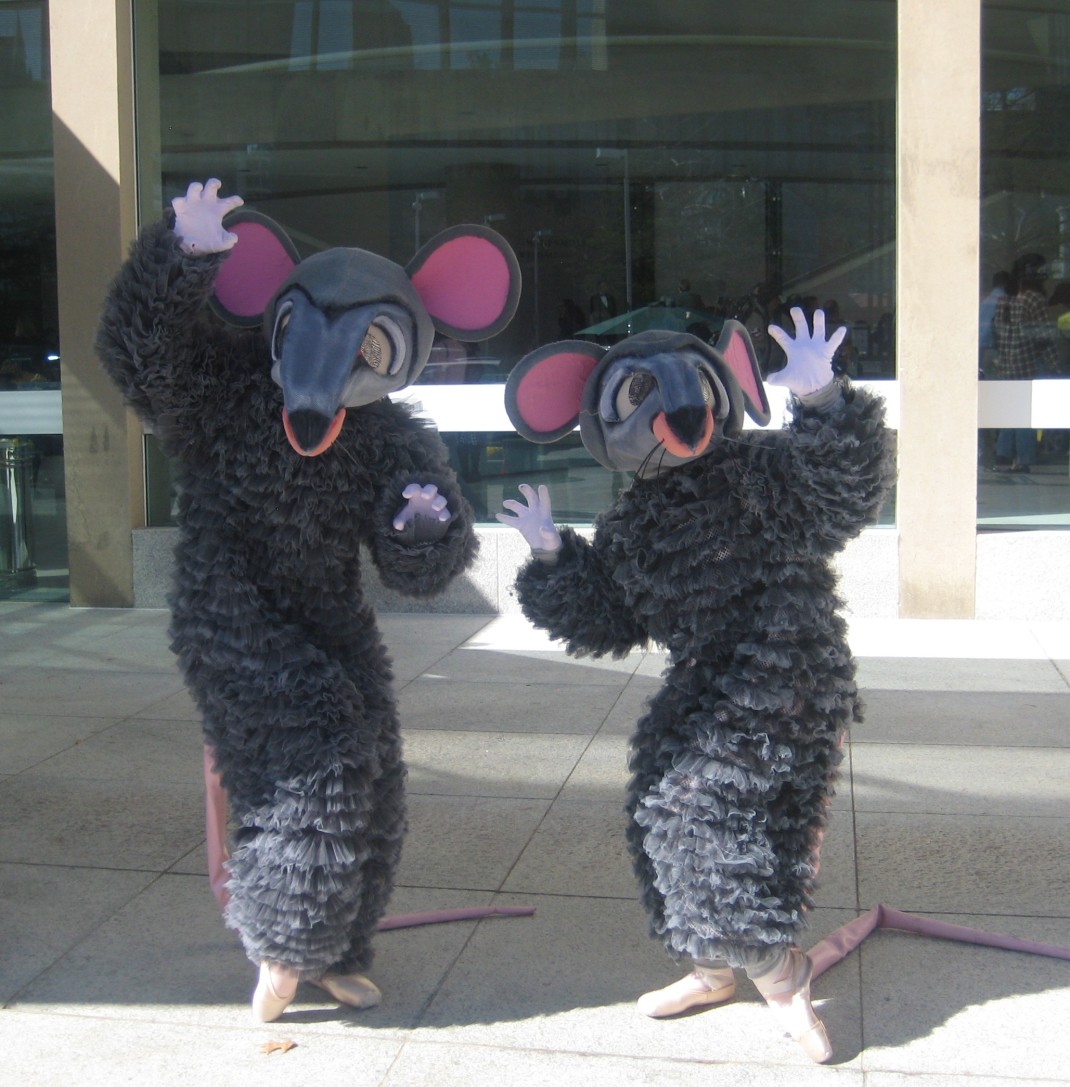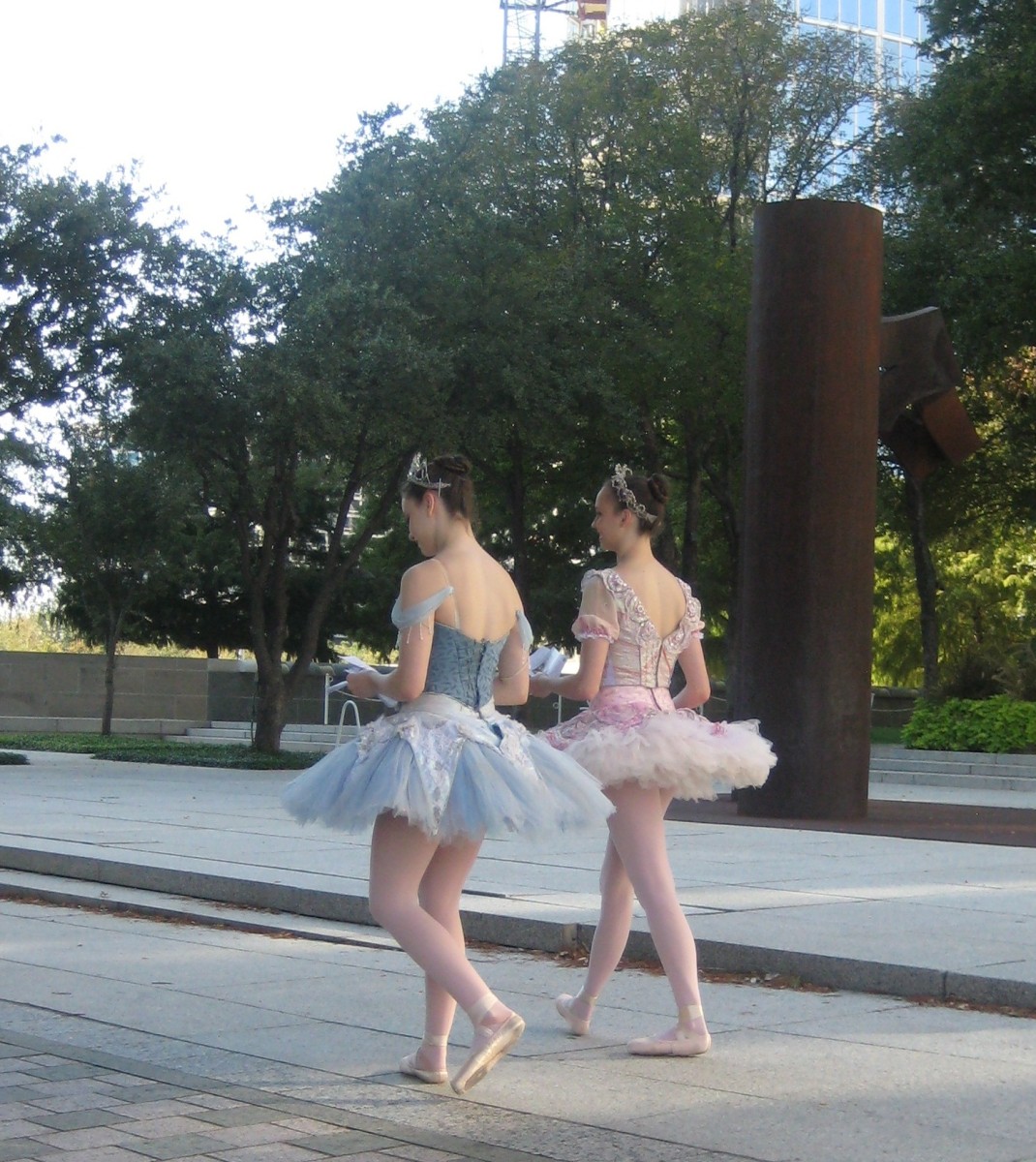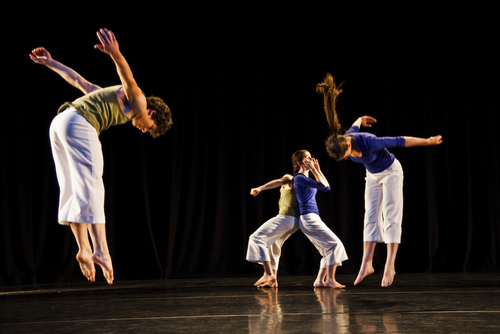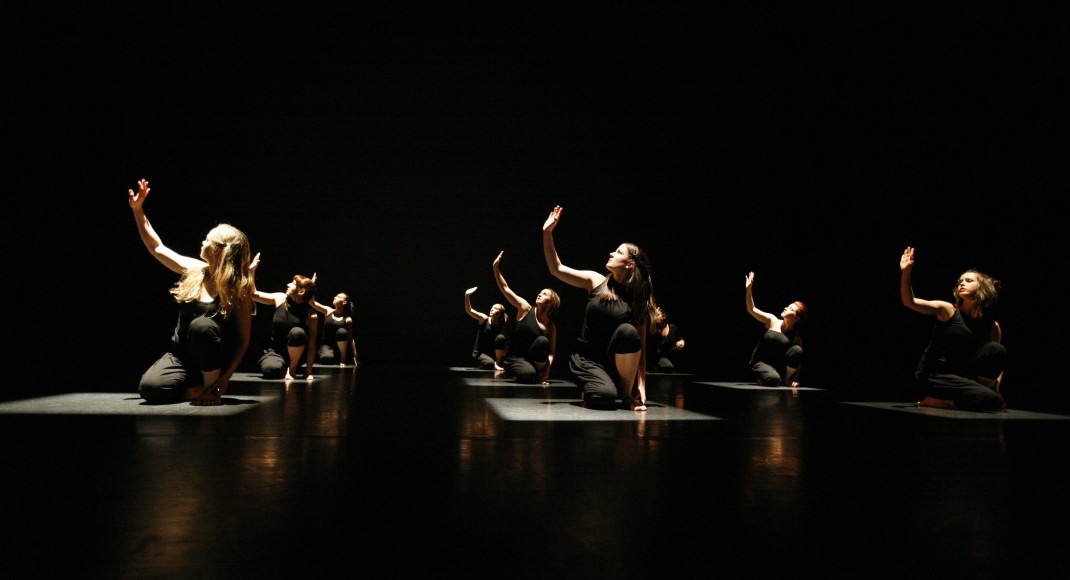- Edna Busse
In August I had the pleasure of recording an oral history interview with Edna Busse, Borovanksy ballerina of the 1940s and early 1950s. The National Library had been working towards adding Edna’s memories of her life and career to its collection of dance interviews for many years, so it was a thrill that Edna, now aged 96, agreed to the invitation to participate in the program.
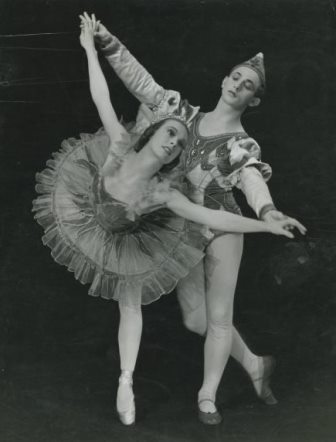
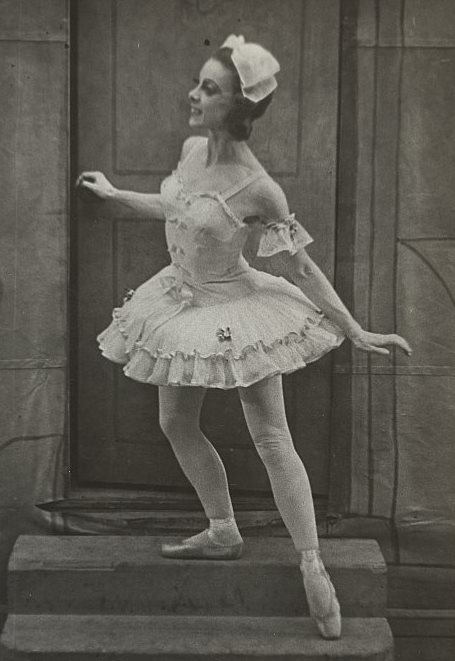
Edna is seen above in two images from the Borovansky days, on the left with Martin Rubinstein in the Blue Bird pas de deux in a photo by Philip Ward, and right as Swanilda in Coppélia in 1946, photographer unknown.
- Oral history
Other oral history interviews I recorded during August were not specifically focused on dance, but were interesting arts interviews nevertheless. They were with John Hindmarsh, founder of Hindmarsh Constructions and a major arts philanthropist in Canberra; and with artist John Olsen. The Olsen interview focused on his mural Salute to Five Bells, commissioned for the Sydney Opera House in the early 1970s. (The Olsen interview is too new to have a catalogue record). [Update October 2020: The Olsen interview is now available online at this link.]
- The Johnston Collection
I was delighted to hear that the Johnston Collection, the remarkable Melbourne-based collection of decorative arts located at Fairhall House, recently received an award from the Victorian branch of Museums Australia. The award was for the Johnston Collection’s recent exhibition David McAllister rearranges Mr Johnston’s collection. The image below shows Desmond Heeley’s costumes from the Australian Ballet production of The Merry Widow, as displayed in the sitting room during the Fairhall House exhibition.
The text for my talk for the Johnston Collection as part of this award winning exhibition is at this link.
- Press for August 2014 [Online links to press articles in The Canberra Times prior to 2015 are no longer available]
‘Odd mix misses the mark.’ Review of Boundless, Quantum Leap, The Canberra Times, 1 August 2014, ARTS p. 6.
‘S for spectacularly physical.’ Review of S, Circa, The Canberra Times, 8 August 2014, ARTS p. 7.
‘A swirl of colour.’ Review of Devdas the musical. The Canberra Times, 19 August 2014, ARTS p. 6.
Michelle Potter, 31 August 2014
Featured image: Edna Busse and Martin Rubinstein in Laurel Martyn’s Sigrid, Borovansky Ballet, ca. 1945. Photographer not known. National Library of Australia.
